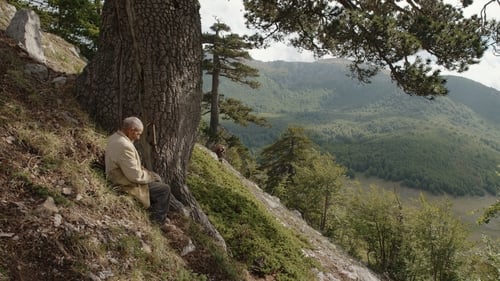
Creative Producer
In August 1961, speleologists from Italy’s booming North arrive on a Calabrian plateau where time stands still. The intruders discover one of the world’s deepest caves, the Bifurto Abyss, under the gaze of an old shepherd, the only witness of the pristine territory.

Casting
In August 1961, speleologists from Italy’s booming North arrive on a Calabrian plateau where time stands still. The intruders discover one of the world’s deepest caves, the Bifurto Abyss, under the gaze of an old shepherd, the only witness of the pristine territory.

Writer
In August 1961, speleologists from Italy’s booming North arrive on a Calabrian plateau where time stands still. The intruders discover one of the world’s deepest caves, the Bifurto Abyss, under the gaze of an old shepherd, the only witness of the pristine territory.

The film is a rendition of Resurrection, Tolstoy’s last novel. It begins with a reading of the beginning of the first part in Naples, in September 2012. It moves on to Berlin, Locarno 2013, Oneglia, Paris, Casalborgone, and it ends in Milan with the beginning of the second part. The places and times change, and so do the people doing the reading. But also, in the middle, real people and voices surface, like Adamo Vergine at his home and Jean François Neplaz in Marseilles. The film searches for the possible faces of Tolstoy’s two protagonists in Oneglia, Procida, and Casalborgone.
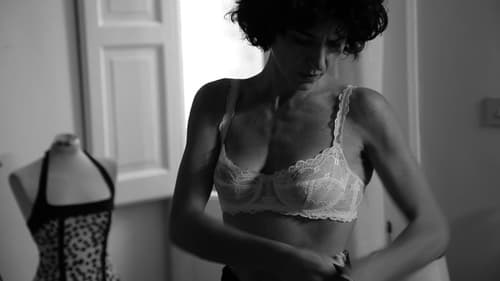
Arianna
On the small island where she lives and works, Arianna is preparing to ring in the new year and ring out the old. But that night might not only be the end of the year, it might also be the end of her relationship with Nanni, a beekeeper from the city. The looming separation remains a mystery for the woman: she doesn’t understand the reasons for it and fruitless hours have been spent talking it over with evasive Nanni, who seems to consider their relationship an obstacle to his freedom. But when faced with another woman’s pain, Arianna manages to find the strength within herself to carry on.

This is the diary which the French philosopher Simone Weil kept when, as a twenty-five-year-old, she took a one-year sabbatical from school and her studies and worked in a Parisian factory from December 4, 1934 until August 1935, running the presses at the Alsthom electric company. This experience formed the basis for her book La condition ouvrière. The written chronicle of her days is visually accompanied by a continuous flow of dark rooms and the urban landscape of Île Seguin (suburbs south of Paris), paying particular attention to construction sites and factories.

Another adaptation from Cesare Pavese’s Dialogues with Leucò (following "From the Clouds to the Resistance", "These Encounters of Theirs" and "Artemis' Knee".
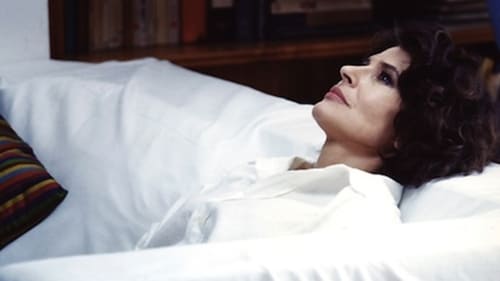
Lù
A couple of bourgeois intellectuals, Carlo and Silvia, have been married for twenty years. While she lives in their flat in Rome, he spends most of his time in the country house where he writes his books, openly living with his younger lover, Lù. In return, Carlo has long accepted that her wife may have lovers, but her volatile relationship with a young neo-fascist suddenly rekindles his jealousy.

Angela
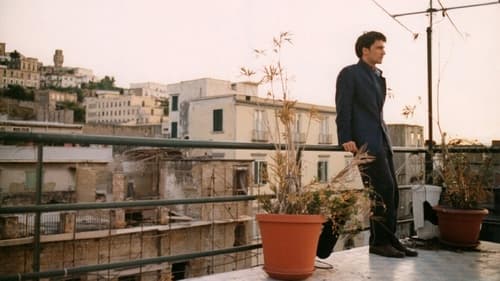
Giovanna
A group of actors meet with little money in a unofficial theatre in Naples' Spanish Boroughs. Director's plan is to travel to Sarajevo, still under siege, to stage a classic Eschilus' play about civil war in Tebe. While they rehearse in the theatre cast members come and go and another kind of war goes on every day in nearby streets of old Naples.
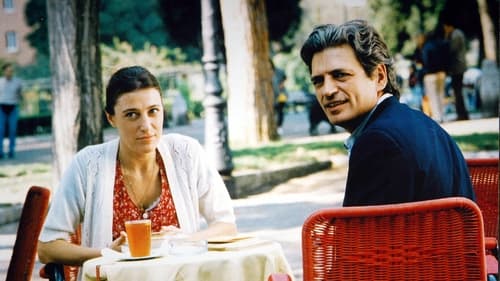
Carlotta
A woman suffering from compulsive-type psychological problems falls for an older divorced neighbour. Will her love be returned? A slow story of confusion and loneliness.








